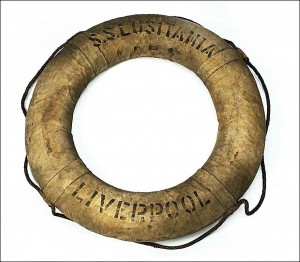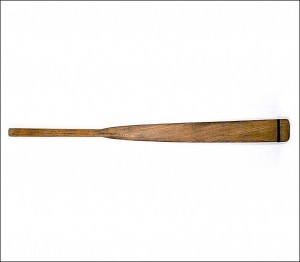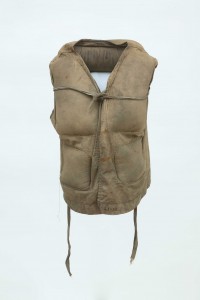The Lusitania
Published in Artefacts, Issue 3 (May/June 2015), Volume 23During the First World War, German U-boats prowled the Irish Sea sinking merchant vessels. The torpedoing of the transatlantic liner Lusitania in May 1915 off Cork not only killed 1,198 people but also provided invaluable propaganda for the British cause. The Lusitania was the pride of the Cunard Line and was launched in 1907. It was designed to be turned into an auxiliary cruiser in case of war, but when it was sunk it was on its sixth trip as a passenger liner since the war broke out. There has been great debate over the sinking; the Germans believed that the ship was a legitimate target because it was carrying ammunition. Other debate has focused on the actions of Captain Turner prior to the sinking and whether there was a second explosion caused by hidden ammunition on board. The German U-boat U-20, commanded by Captain Walther Schwieger, fired a single torpedo, and the ship sank very quickly in eighteen minutes.

This lifebuoy was picked up 72 miles off the Fastnet lighthouse a fortnight after the disaster by the Dublin steam trawler Dean Swift.
Since the sinking of the White Star Line’s Titanic in April 1912 liners carried enough lifeboats and life-jackets for passengers. Despite this and the arrival of other ships there were only 764 survivors. Over the next few weeks bodies and wreckage were recovered by Irish trawlers. Almost 200 bodies were later buried in a mass grave in Old Church cemetery in Cobh. The sinking was celebrated in Germany and caused greater tensions with neutral America, as 122 Americans died. Towards the end of the war, in October 1918, the Dublin mail-boat Leinster was sunk by the Germans off Dún Laoghaire, with the loss of 178 lives.
Lar Joye is curator of military history at the National Museum of Ireland (Decorative Arts).

This lifeboat oar, branded ‘Lusitania’, was picked up off the Kilkee coast, Co. Clare, about 20 August 1915.
(All images: National Museum of Ireland)

















